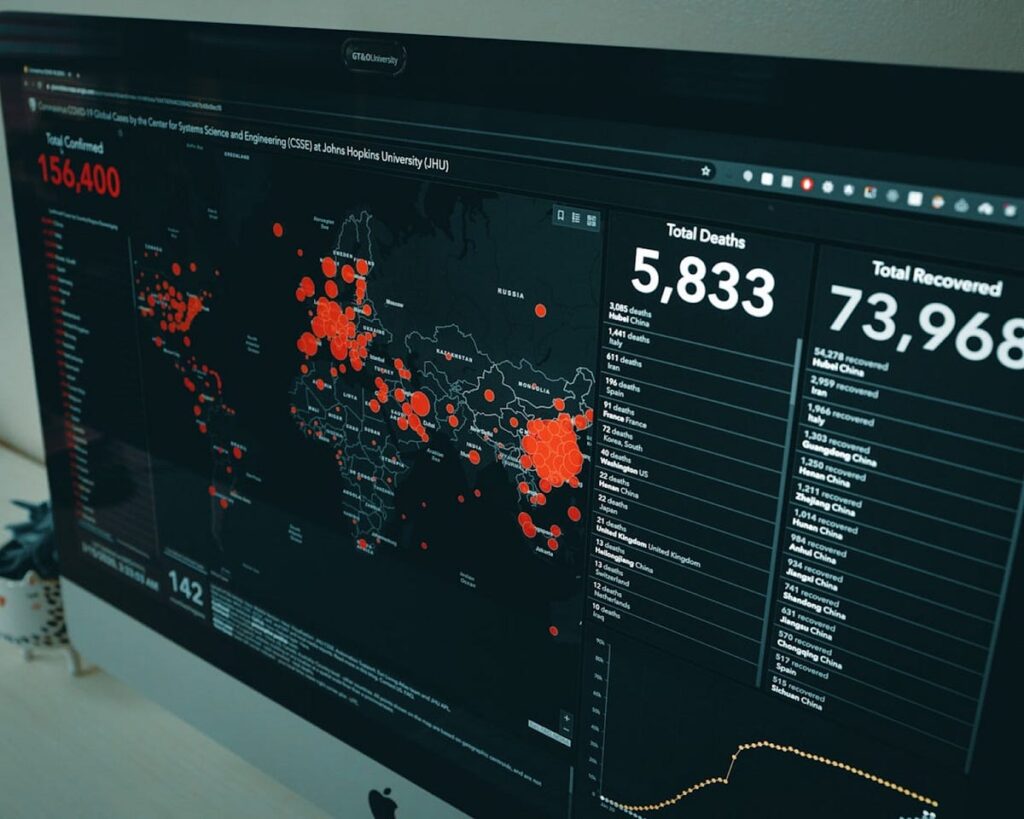Navigating the World of Data Science: Insights from a Seasoned Data Scientist
When I mention my career as a data scientist, I often see a mix of admiration and bewilderment from people. Being called a data scientist feels prestigious, almost like wearing a badge of honor in today’s tech-savvy world. However, the confusion surrounding what we actually do is equally prevalent. So, let’s demystify this fascinating field.
What Does a Data Scientist Do?
The truth is, the role of a data scientist can vary greatly depending on several factors, including the specific domain, the company, and the team composition. However, there are some common themes that most data scientists share.
Here’s a closer look at the key areas of work that define the day-to-day life of a data scientist:
-
Databases and Data Engineering
- One of the core responsibilities involves working with databases. This includes querying and loading substantial datasets, constructing data pipelines, and preparing cleaned data for analysis.
- For instance, during my time at my last job, I regularly employed SQL to access our database for extracting pertinent data needed for machine learning models. I often found myself creating and modifying tables to store results from various analyses.
-
Data Analytics and Visualization
- Analyzing data is pivotal, but it doesn’t end there. Making data visually appealing and easily digestible is critical.
- Effective data visualization can tell stories and reveal insights that raw data alone cannot convey. Whether it’s through charts, graphs, or interactive dashboards, this aspect helps communicate findings to non-technical stakeholders.
- Machine Learning and Model Building
- Beyond just analyzing the data, many data scientists dive deep into machine learning (ML). This involves building and fine-tuning models to make predictions based on data.
- I remember a project where we developed a predictive model for customer behavior, which turned out to be a game changer in optimizing our marketing strategies. The satisfaction of seeing the model’s impact on real business decisions was immensely rewarding.
The Journey Into Data Science
Every data scientist has a unique journey influenced by personal interests and experiences. For me, it started with a fascination for numbers and patterns. I often found myself eagerly dissecting datasets just for fun, long before it became a career path.
Education plays a crucial role, but it’s not the only way into this field. Many successful data scientists are self-taught or have migrated from related fields such as mathematics, statistics, or computer science. The key is a passion for continuous learning. Staying up-to-date with the latest trends and technologies is essential, given how fast-paced this field is.
Real-World Applications
Data science has a profound impact across various sectors. From healthcare to finance, retail to entertainment, data-driven decision-making is reshaping how businesses operate.
Take, for example, the healthcare industry. Data scientists analyze patient data to predict outbreaks and improve treatment plans, which has proven crucial during times like the COVID-19 pandemic. On the flip side, in finance, machine learning models are used to detect fraudulent transactions, safeguarding businesses and consumers alike.
The Future of Data Science
As technology continues to evolve, so does the role of a data scientist. With the rise of artificial intelligence (AI) and big data, the future looks promising. There’s a growing demand for skilled professionals who can extract meaningful insights from vast amounts of data while also translating these findings into actionable strategies.
Wrapping Up
In conclusion, being a data scientist involves much more than just crunching numbers. It’s about drawing insights from data, telling impactful stories, and influencing decisions across various domains. The field is as exciting as it is challenging, and if you have a curious mind and a knack for problem-solving, you might just find yourself captivated by it too.
The AI Buzz Hub team is excited to see where these breakthroughs take us. Want to stay in the loop on all things AI? Subscribe to our newsletter or share this article with your fellow enthusiasts.




